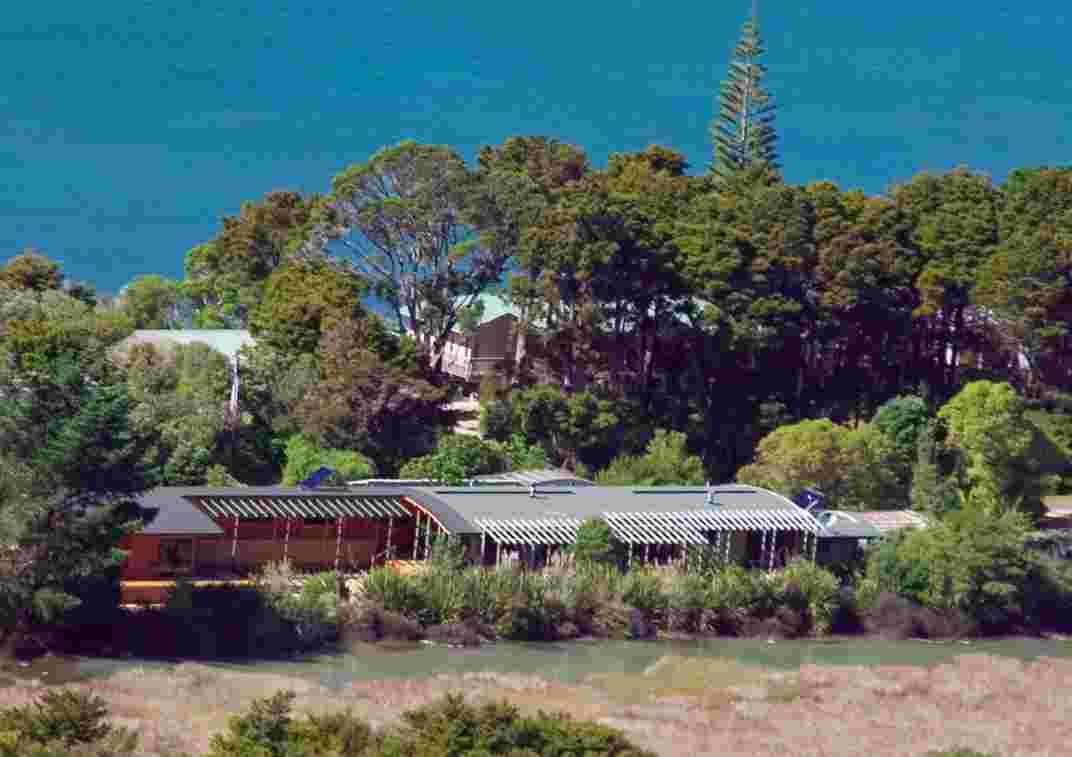
Which bird species do you think is the biggest attraction to visitors of your lodge (please only name one species)?
Tui (Prosthemderma novaeseelandiae).
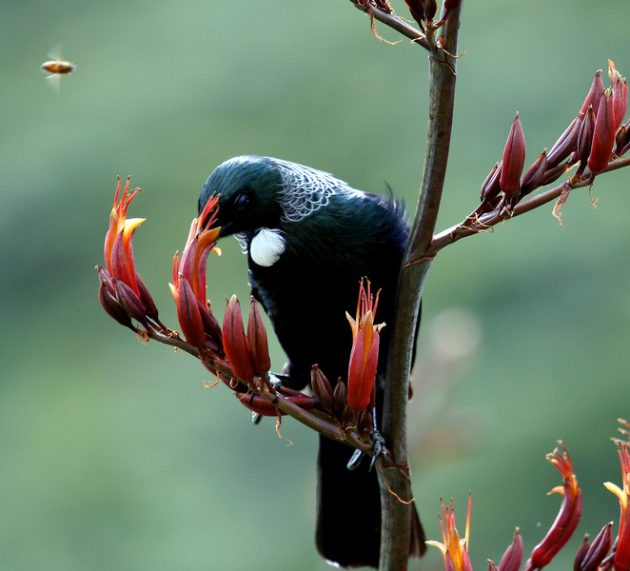
What is the name of your lodge, and since when has your lodge been operating?
Twin Waters Lodge, operating since 1993.
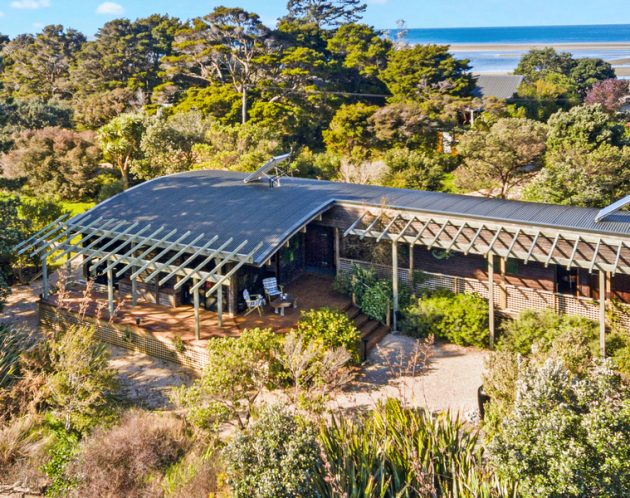
How best to travel to your lodge?
Most guests are self-drive, but we can collect from the bus in Collingwood if necessary.
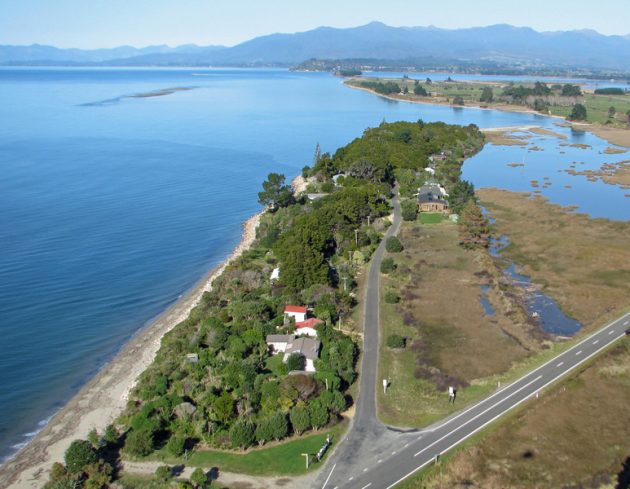
What kind of services – except for accommodation and food – does your lodge offer to visiting birders?
Gardens around the Lodge abound with native bush birds. we have a bird feeder for the nectar feeders (mostly tui and bellbirds). Conducted bush walks in the evening are available.
Swallow and swallow chicks
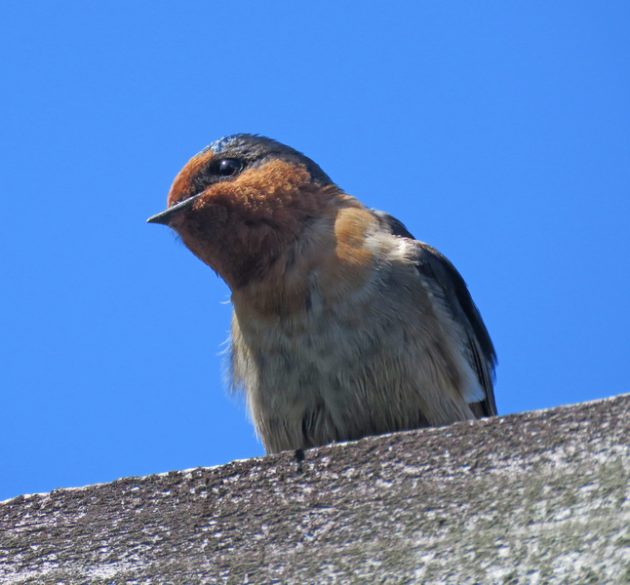
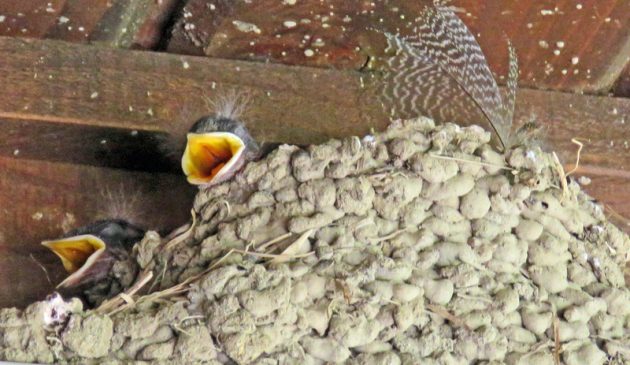
What makes your lodge special?
The unique location among ancient totara trees (some more than 700 years old) and other native forest, and the proximity of the beach with its waders and other seabirds.
Pied Oystercatcher
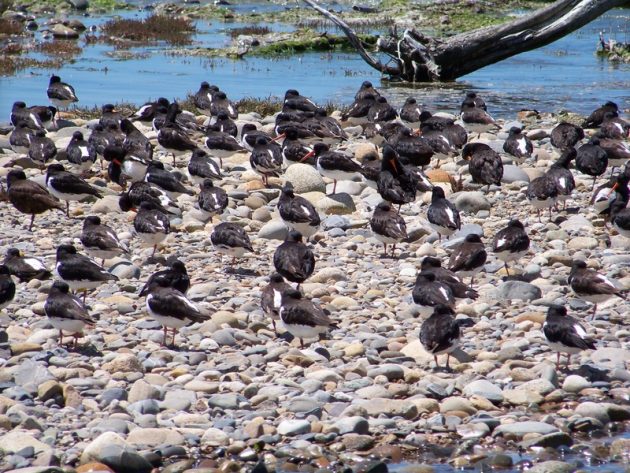
Pied Oystercatcher, Bar-tailed Godwit, Caspian Tern
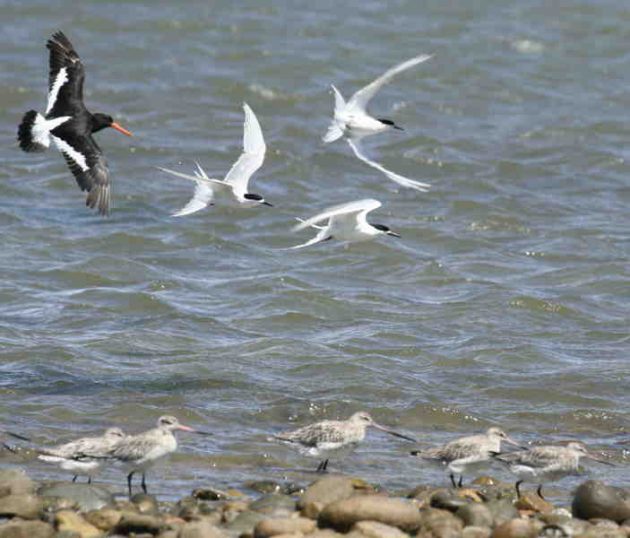
What are the 10 – 20 most interesting birds that your lodge offers good chances to see?
- Tui
- New Zealand Bellbird (Korimako)
- Banded Rail (Moho prereru – present, but rarely seen as it is fugitive)
- New Zealand Fernbird (as above)
- Native Pigeon (Kereru)
- Welcome Swallow (Warou) (nest on the front verandah)
- Grey Warbler (Riroriro)
- Shining Cuckoo (Pipiwharauroa)*
- Little Blue Penguin (Korora) – mostly seen at night
- Native Kingfisher (Kotare)
- Fantail (Piwakawaka)
- Shags (cormorants) including Pied Shag (Karuhiruhi), Black Shag (Kawau pu), Little Shag (Kawau paka), and Spotted Shag (Kawau tikitiki) – we note that the name of our local village is Pakawau – literally the home of the shag.
- Royal Spoonbill (Kotuku ngutupapa)*
- White Heron (Kotuku)
- White-faced Grey Heron
- Bar-tailed Godwit*
- Pied and Variable Oystercatcher
- White-fronted and black-fronted Terns
- Caspian Tern*
- Black-backed Gull
- Red-billed Gull
- Australasian Gannet – there is a colony at the end of Farewell Spit.
Note that birds with * are migratory. Most except the White Heron and Spoonbills can be seen during summer (November to February).
Shining Cuckoo
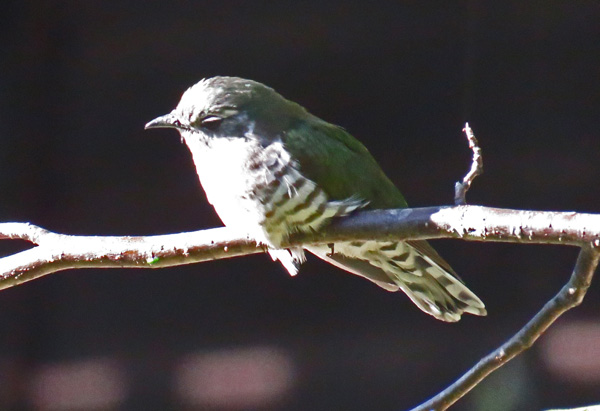
Australasian Gannet
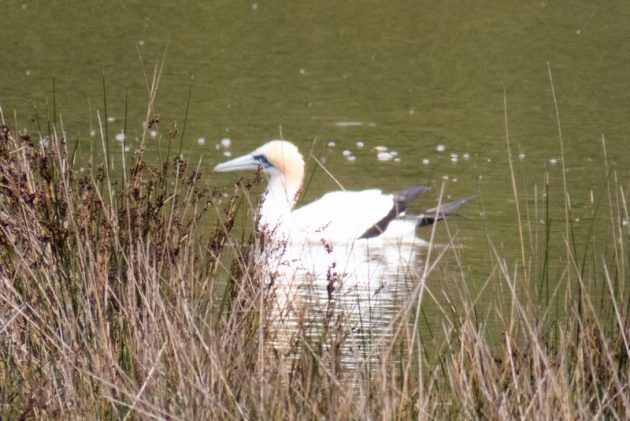
What is the best time to visit your lodge, and why?
Summer and fall – November to March – weather is better and migratory species are present.
Kotuku
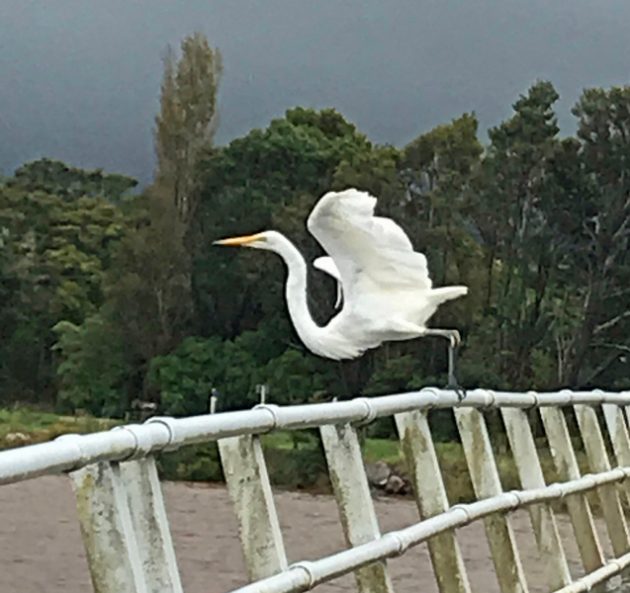
Is your lodge involved in conservation efforts? If yes, please describe them.
We operate a green program with intensive recycling and reuse. Our power is mostly solar with grid backup. We produce our own vegetables and eggs.
Fantail
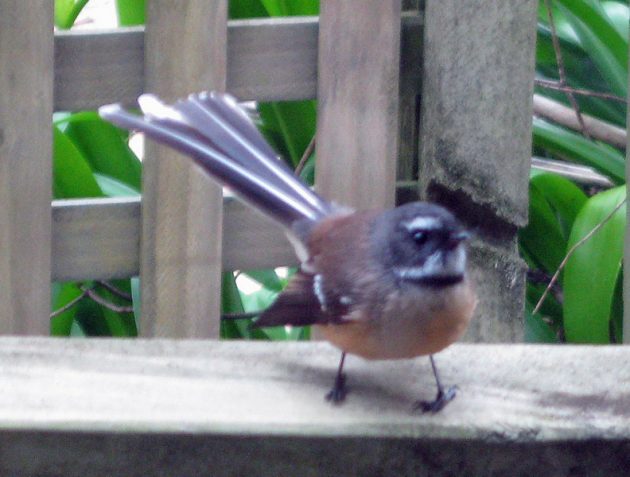
What other suggestions can you give to birders interested in visiting your lodge?
Bring binoculars. Ensure you have sun protection and insect protection (sandflies can be annoying).
Kereru
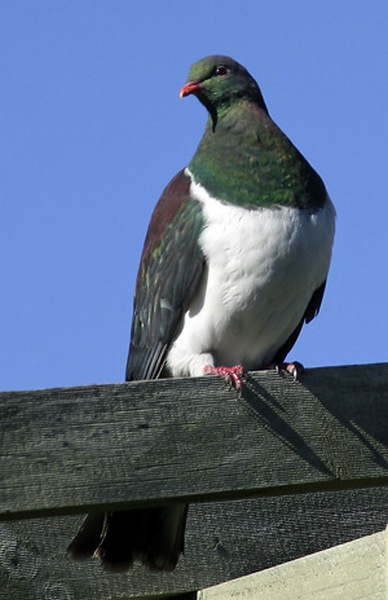
Do you have activities for non-birders? If so, please describe.
Yes – tours of Farewell Spit are available, with pickup near the lodge, There is a lot of dramatic scenery close by (but driving distance), notably Wharariki Beach (the beach on Windows 10).
Spotted Shag
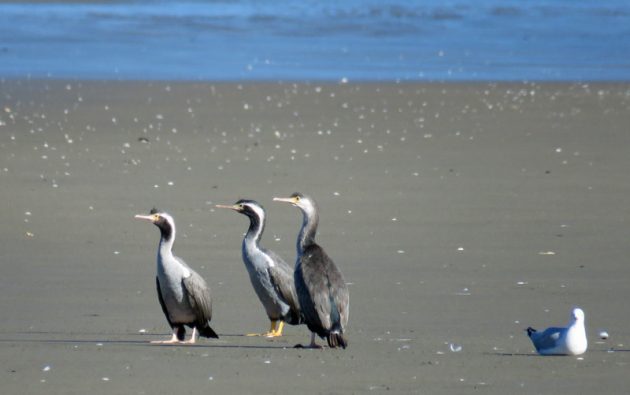
If any reader of 10,000 Birds is interested in staying at your lodge, how can they best contact you?
Through our web site: www.twinwaters.nz.

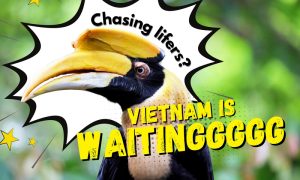

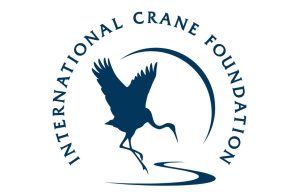







Leave a Comment